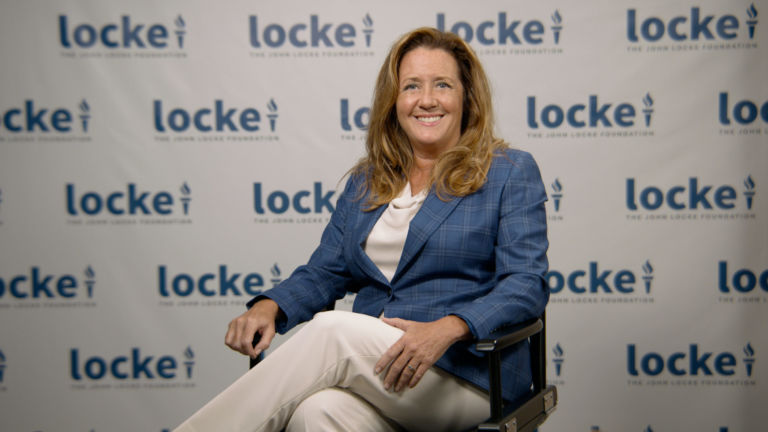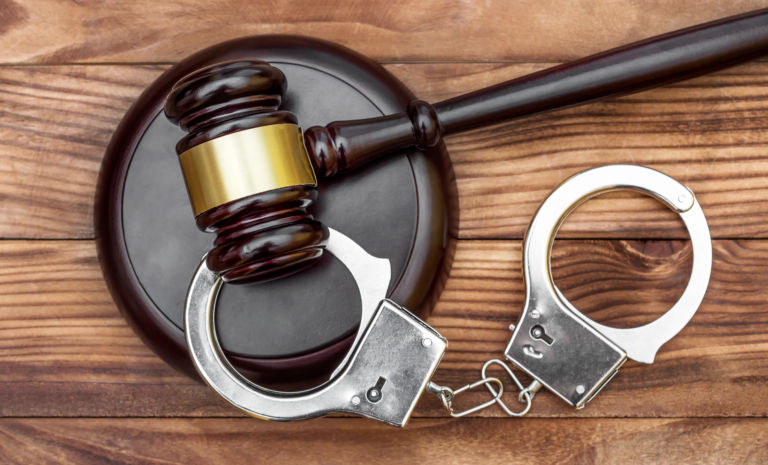Heather MacDonald of the Manhattan Institute documents for readers of Hillsdale College’s Imprimis the negative unintended consequences stemming from the misguided Black Lives Matter movement’s actions.
Unfortunately, when officers back off in high crime neighborhoods, crime shoots through the roof. Our country is in the midst of the first sustained violent crime spike in two decades. Murders rose nearly 17 percent in the nation’s 50 largest cities in 2015, and it was in cities with large black populations where the violence increased the most. Baltimore’s per capita homicide rate last year was the highest in its history. Milwaukee had its deadliest year in a decade, with a 72 percent increase in homicides. Homicides in Cleveland increased 90 percent over the previous year. Murders rose 83 percent in Nashville, 54 percent in Washington, D.C., and 61 percent in Minneapolis. In Chicago, where pedestrian stops are down by 90 percent, shootings were up 80 percent through March 2016.
I first identified the increase in violent crime in May 2015 and dubbed it “the Ferguson effect.” My diagnosis set off a firestorm of controversy on the anti-cop Left and in criminology circles. Despite that furor, FBI Director James Comey confirmed the Ferguson effect in a speech at the University of Chicago Law School last October. Comey decried the “chill wind” that had been blowing through law enforcement over the previous year, and attributed the sharp rise in homicides and shootings to the campaign against cops. Several days later, President Obama had the temerity to rebuke Comey, accusing him (while leaving him unnamed) of “cherry-pick[ing] data” and using “anecdotal evidence to drive policy [and] feed political agendas.” The idea that President Obama knows more about crime and policing than his FBI director is of course ludicrous. But the President thought it necessary to take Comey down, because to recognize the connection between proactive policing and public safety undermines the entire premise of the anti-cop Left: that the police oppress minority communities rather than bring them surcease from disorder.
As crime rates continue to rise, the overwhelming majority of victims are, as usual, black—as are their assailants. But police officers are coming under attack as well. In August 2015, an officer in Birmingham, Alabama, was beaten unconscious by a convicted felon after a car stop. The suspect had grabbed the officer’s gun, as Michael Brown had tried to do in Ferguson, but the officer hesitated to use force against him for fear of being charged with racism. Such incidents will likely multiply as the media continues to amplify the Black Lives Matter activists’ poisonous slander against the nation’s police forces.


